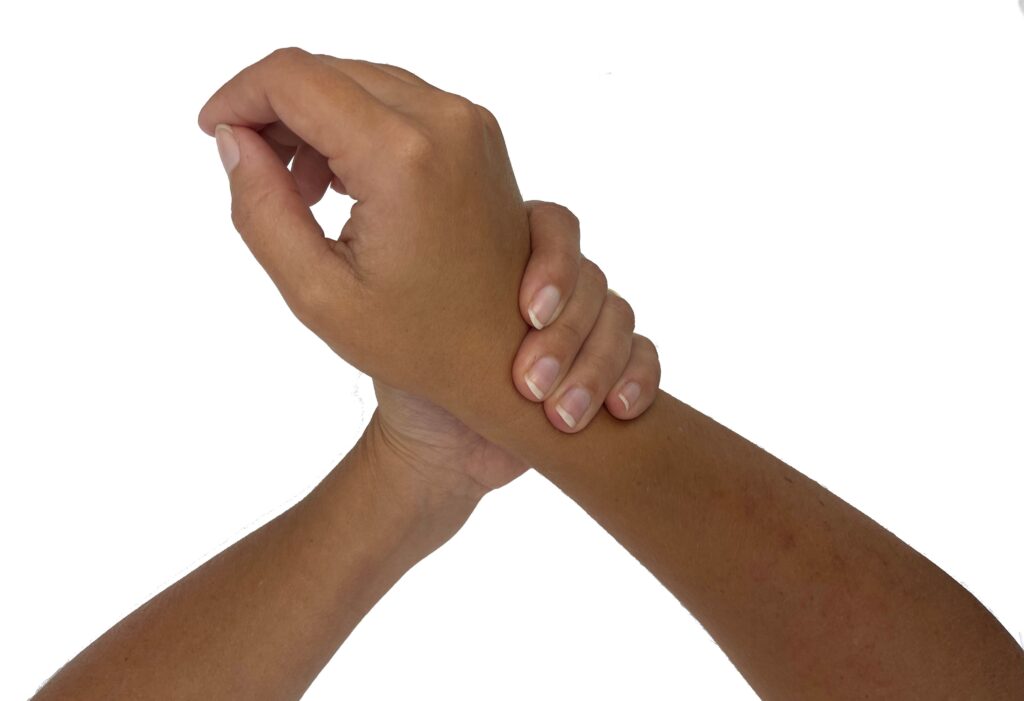
Pain is a normal response which acts like a warning or alarm to what is a possible threat. We all experience pain in one way or another but what happens when the pain doesn’t go away. It may surprise you to learn 1 in 5 people have chronic or persisting pain. This is pain that lasts for more than 3 months. It many be most or all of the time and may have many different causes.
Chronic pain can be broken down to two general causes. Nociceptive pain is from an injury or joint degeneration like arthritis. Sometimes after the tissue has healed the pain may return and could become constant. This pain is no longer caused by the injury as the danger alarm becomes more sensitive and changes have occurred in the central nervous system, this is our spinal cord and brain.
Neuropathic pain is caused by damage to the nerves. This pain can be felt in body parts that are otherwise numb, and can feel like burning, tingling, electric shocks, stabbing and shooting pains. Again the damaged nerve may heal but changes may have occurred in the central nervous system making you still feel pain. Pain in the central nervous system is still real pain even though the injury is healed and tissues are no longer damaged.
Often people with chronic pain also have other health problems including depression. These can lead to a worse quality of life. Social and psychological factors can also effect pain and your tolerance to it.
So what can you do to about chronic or persistent pain in the upper limb?
Some active coping strategies that may be useful include:
- Understanding your pain to reduce the threat and hence reduce the activation of your protective systems
- Exploring ways to move that wont trigger your pain
- Pacing activities
- Staying positive
- Making plans
- Doing meaningful distracted activities
- Applied relaxation and breathing techniques
Your hand therapist can provide further education regarding pain management and help you explore these strategies to develop a tailored plan to suit your needs.
Written by Shanna Mahomed
Occupational Therapist/Accredited Hand Therapist
(As awarded by the Australian Hand Therapy Association)